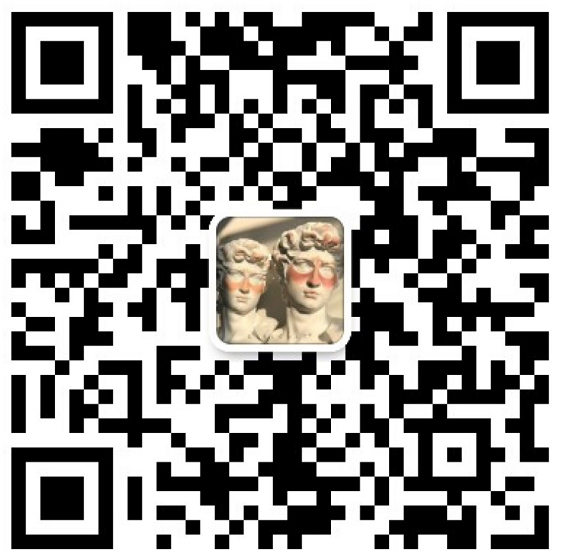Title: Exploring the Latest Liquid Level Sensor Specifications: Enhancing Accuracy and Efficiency
Introduction (100 words) Liquid level sensors play a crucial role in various industries, including manufacturing, chemical processing, and environmental monitoring. These sensors provide accurate and real-time measurements of liquid levels, ensuring efficient operations and preventing potential hazards. In this article, we will delve into the latest liquid level sensor specifications, highlighting advancements that enhance accuracy, reliability, and overall performance. By understanding these specifications, businesses can make informed decisions when selecting the most suitable liquid level sensor for their specific applications.
1. Measurement Range and Accuracy (200 words) One of the primary considerations when choosing a liquid level sensor is its measurement range and accuracy. The measurement range determines the minimum and maximum liquid levels that the sensor can effectively detect. The latest liquid level sensors offer extended measurement ranges, allowing for versatile applications across different tank sizes and liquid types.
Moreover, accuracy is crucial to ensure precise measurements. Advanced sensors now provide high accuracy, often within a few millimeters or even micrometers. This level of precision enables businesses to monitor liquid levels with utmost confidence, minimizing the risk of errors and optimizing operational efficiency.
2. Sensor Technology (250 words) The latest liquid level sensors employ various technologies to detect and measure liquid levels accurately. Capacitive sensors, for instance, use changes in capacitance to determine the liquid level. These sensors are suitable for both conductive and non-conductive liquids and offer excellent accuracy and reliability.
Ultrasonic sensors, on the other hand, utilize sound waves to measure liquid levels. They emit ultrasonic pulses and measure the time taken for the echo to return, providing accurate distance measurements. Ultrasonic sensors are ideal for applications where contact with the liquid is not desirable or feasible.
Another emerging technology is the guided wave radar (GWR) sensor. GWR sensors use electromagnetic waves to measure liquid levels, making them suitable for a wide range of liquids, including those with varying dielectric constants. These sensors offer high accuracy, even in challenging environments with foam, vapor, or turbulence.
3. Output Options and Connectivity (200 words) The latest liquid level sensors come equipped with various output options and connectivity features, allowing seamless integration into existing systems. Analog outputs, such as 4-20mA or 0-10V, provide continuous and proportional signals, enabling easy integration with control systems.
Digital outputs, such as Modbus or Profibus, offer enhanced communication capabilities, enabling real-time data transmission and remote monitoring. These outputs facilitate integration with supervisory control and data acquisition (SCADA) systems, enabling centralized monitoring and control of liquid levels.
Additionally, some liquid level sensors now feature wireless connectivity options, such as Bluetooth or Wi-Fi. These wireless sensors eliminate the need for physical wiring, simplifying installation and reducing costs. They also enable remote monitoring and control, enhancing flexibility and convenience.
4. Environmental Considerations (250 words) Liquid level sensors are often exposed to harsh environments, including extreme temperatures, corrosive substances, and high-pressure conditions. Therefore, the latest liquid level sensors are designed to withstand these challenging conditions, ensuring long-term reliability and durability.
For instance, sensors with robust housing materials, such as stainless steel or corrosion-resistant plastics, offer excellent resistance to chemicals and harsh substances. They can withstand exposure to corrosive liquids without compromising accuracy or performance.
Furthermore, sensors with high-temperature capabilities are essential for applications involving hot liquids or environments. These sensors can withstand elevated temperatures without affecting accuracy or longevity.
5. Self-Diagnostics and Maintenance (200 words) To minimize downtime and ensure continuous operations, the latest liquid level sensors often incorporate self-diagnostics and maintenance features. These features enable the sensor to detect potential issues, such as sensor drift or contamination, and alert the user before any significant problems occur.
Self-cleaning mechanisms, such as vibrating forks or self-purging systems, help prevent sensor fouling and ensure accurate measurements over extended periods. Additionally, sensors with built-in calibration routines simplify maintenance procedures, allowing users to recalibrate the sensor easily and accurately.
Conclusion (100 words) The latest liquid level sensors offer significant advancements in accuracy, reliability, and overall performance. With extended measurement ranges, high accuracy, and various output options, these sensors provide businesses with the tools to optimize their operations and ensure safety. By considering the latest liquid level sensor specifications, businesses can select the most suitable sensor for their specific applications, enhancing efficiency and productivity in various industries.





